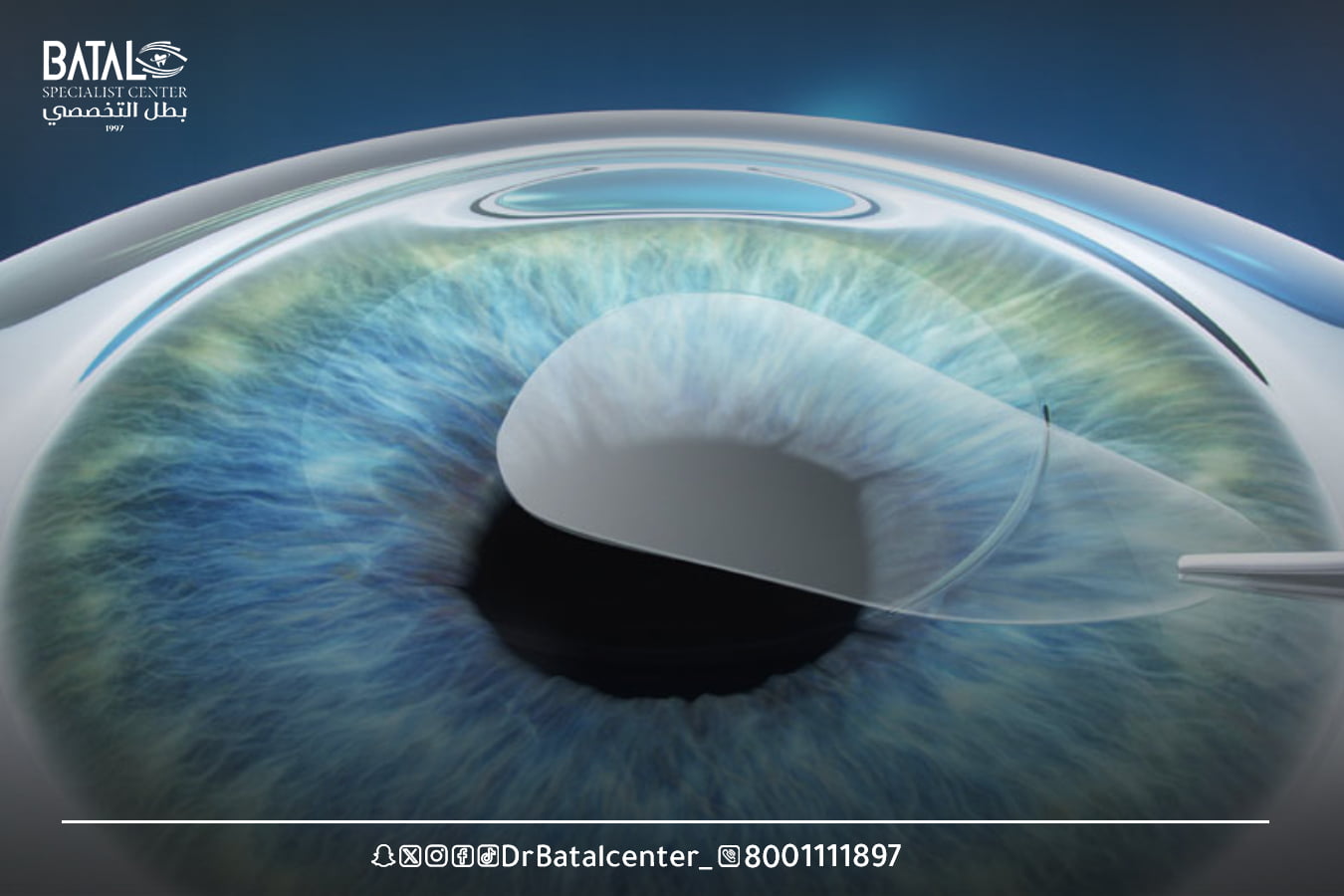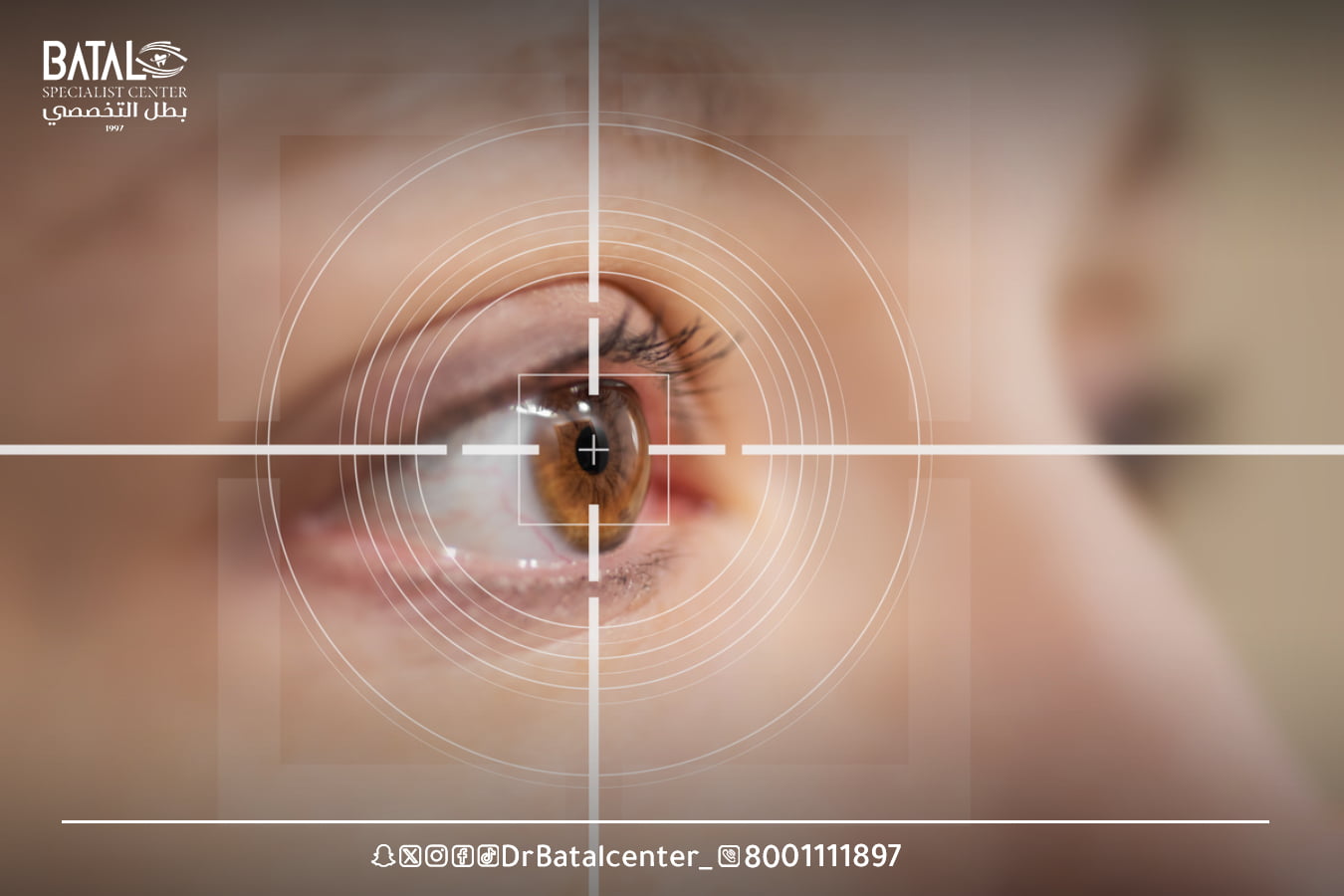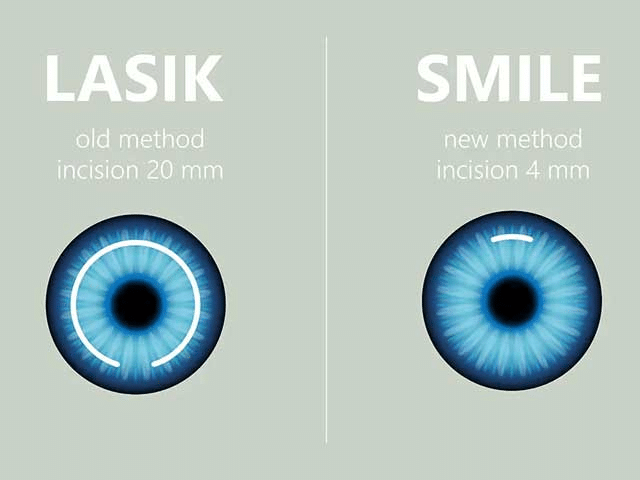Med info
Laser Eye Surgery [options 2026]: (LASIK, PRK, SMILE & Presbyopia) (2026)

If you’ve ever dreamed of waking up to clear, unobstructed vision and enjoying your favorite activities without the hassle of glasses or contacts, Laser Eye Surgery might be the transformative solution you’ve been searching for. Best laser eye surgery can correct a variety of vision problems, including nearsightedness (myopia), farsightedness (hyperopia), and astigmatism.
These different forms of LASIK eye surgery follow a similar overall process, but they may utilize distinct or more advanced technologies. It’s important to consult with your eye surgeon before committing to Laser Eye Surgery to ensure you’re receiving the optimal procedure tailored to your eyes.
Who is a Candidate for Laser Eye Surgery?
Several key factors can determine your eligibility for best laser eye surgery. Certain characteristics define an ideal LASIK patient:
- Being at least 18 years old.
- Having a stable lens prescription.
- Possessing healthy, thick corneas.
- Having a treatable refractive error.
Each patient is unique, so your eye doctor will conduct a comprehensive examination to determine your specific eligibility for LASIK surgery. While you may not be a suitable candidate for one particular treatment, there may be other options that are ideal for your individual needs. Your optometrist will carefully evaluate your eyes and recommend the procedure they feel best addresses your unique vision requirements.
Best Types of Laser Eye Surgery in the World

| Feature | Presbyopia | LASIK | PRK | SMILE |
| Ideal Candidate | Adults over 40 with age-related loss of near vision (difficulty reading). | Adults 18+ with stable vision, thick corneas, and low to moderate refractive errors. | Similar to LASIK, but better for thin corneas. | Adults 22+ with low to moderate myopia/astigmatism, and thick corneas. |
| Procedure | Corrective lenses (contacts, glasses) or eye drops to improve near vision. | Laser reshapes the cornea to correct vision. | Laser removes the outer corneal layer to reshape it. | 1-3 days for vision stabilization, 1-2 weeks for full recovery. |
| Recovery Time | Immediate for contacts/glasses, 1-2 weeks for eye drops. | 1-3 days for vision stabilization, 1-2 weeks for full recovery. | 3-5 days for vision stabilization, 1-2 weeks for full recovery. | 1-3 days for vision stabilization, 1-2 weeks for full recovery. |
| Long-Term Results | Temporary/variable may require adjustments over time. | Excellent, over 90% patient satisfaction | Similar to LASIK, around 90% of patient satisfaction | Comparable to LASIK, around 95% of patient satisfaction. |
Benefits | Improved near vision without surgery. | Rapid vision improvement, no need for glasses/contacts | Good option for thin corneas, a lower risk of dry eyes. | Less dry eye risk, potentially more corneal stability |
| Risks | Glare, halos, reduced night vision. | Dry eyes, glare/halos, and rare complications like vision loss. | Slower recovery, more discomfort during healing. | Rare visual disturbances, more expensive |
Cost | $50-$500 per year for contacts/glasses, $5,000-$10,000 for eye drops. | $2,000-$4,500 per eye on average | $2,000-$4,000 per eye on average | $2,500-$5,000 per eye on average. |
- femto smile
- one day surgery center
- keratoconus surgery
- keratoconus surgery
- oculoplastic surgeries
- eye glasses gallery
- eyelid and tear duct surgery
- eye surgeries
- https:batal eye center comen eye clinics
- treatment and surgery of squint in children and adults
- How much does lasik eye surgery cost
Which type of laser eye surgery is best?
When it comes to the best laser eye surgery, there is no one-size-fits-all “best” procedure. The optimal laser eye surgery for a patient depends on their individual eye anatomy, vision needs, and lifestyle factors. Here’s a quick overview of the leading laser vision correction options and how they compare:
- LASIK: This is the most common and well-known form of laser eye surgery. LASIK is generally considered safe and effective for treating a wide range of refractive errors, including nearsightedness, farsightedness, and astigmatism. LASIK has a fast recovery time and excellent long-term results for the right candidates.
- PRK: Photorefractive Keratectomy (PRK) is an alternative to LASIK that may be better suited for patients with thin corneas or other anatomical factors that make them ineligible for LASIK. PRK takes a bit longer to recover from but can achieve comparable visual outcomes.
- SMILE: Small Incision Lenticule Extraction (SMILE) is a more recently developed laser vision correction procedure. It’s a good option for patients with low to moderate myopia and thick corneas, as it tends to cause less dry eye than LASIK.

The “best” procedure will depend on your unique eye health, prescription, and visual requirements. This is why working closely with an experienced ophthalmologist is so important.
How Doctors Determine the Best Laser Eye Surgery for You?
To determine the best laser eye surgery procedure, your eye doctor will perform a comprehensive eye exam and evaluation, including:
- Measuring your refractive errors (nearsightedness, farsightedness, astigmatism).
- Assessing the thickness, shape, and overall health of your corneas.
- Evaluating your pupil size, tear production, and other factors.
- Discussing your lifestyle, visual needs, and aesthetic preferences.
Based on this thorough assessment, your ophthalmologist will recommend the laser eye surgery procedure they believe is best suited to your individual anatomy and vision goals. This may involve LASIK, PRK, SMILE, or potentially a combination of techniques.

The doctor will also carefully explain the pros, cons, and expected outcomes of each option so you can make an informed decision. Choosing the right laser vision correction procedure is a collaborative process between you and your eye care provider.
How Laser Eye Surgery Works: A Step-by-Step Breakdown?
- The LASIK eye surgery procedure begins with the application of numbing eye drops. You may also be given a mild sedative to help you relax during the operation.
- The actual laser surgery on each eye only takes 10 to 15 minutes, and you don’t need to be put under general anesthesia. It’s important to note that there are different types of LASIK surgeries available.
- Your eye surgeon then uses a specialized femtosecond laser to precisely cut a flap of corneal tissue.
- This flap-cutting process is not painful, but it can cause your vision to become temporarily blurry.
- The LASIK procedure then continues with the use of an excimer laser, which flashes as it reshapes the inner layers of your cornea.
- This reshaping of the cornea is the main part of the operation. The computer-controlled excimer laser sends pulses of invisible ultraviolet light into your eye, which you can hear as clicking sounds as the laser turns on and off. This part of the process is also painless.
- Once the laser has completed its work, your eye surgeon carefully realigns and closes the corneal flap.
- Finally, a protective shield is placed over your eye(s) to allow the corneal tissue to heal naturally.

Cost of Laser Eye Surgery
The cost of laser eye surgery in Saudi Arabia can vary significantly depending on the specific clinic, the type of procedure, and the expertise of the surgeon. On the lower end, basic LASIK procedures can start around 10,000 SAR (around $2,700 USD). Prices tend to be higher in major cities like Riyadh and Jeddah compared to smaller towns.
Cheapest and perfect laser eye surgery in Saudi Arabia
For the most affordable yet high-quality laser eye surgery, clinics like BatalEyeCenter in Jeddah are good options. They utilize the latest laser technology and have experienced surgeons, while keeping prices competitive, often in the 10,000-15,000 SAR range. These clinics focus on providing excellent patient care and outcomes at a reasonable cost.
Top-Tier Laser Eye Surgery in Saudi Arabia – BatalEyeCenter
For the absolute best-in-class laser eye surgery, leading options include the BatalEyeCenter Hospital in Jeddah. This premier Hospital provides the most advanced equipment and has internationally renowned surgeons. Prices at these top-tier facilities can reach 20,000-25,000 SAR per eye. Patients receive exceptional medical care and can expect outstanding visual outcomes.
International patient department services for laser surgery
BatalEyeCenter Hospital in Jeddah Saudi Arabia caters to international patients by providing specialized services. This includes arranging airport transfers, accommodations, interpreter services, and providing guidance throughout the treatment process. Clinics like BatalEyeCenter Hospital have dedicated international patient departments to ensure a smooth and comfortable experience for overseas visitors seeking laser vision correction.
What is the safest eye laser surgery?
The safest type of laser eye surgery is generally considered to be SMILE (Small Incision Lenticule Extraction). why SMILE is considered the safest laser eye surgery option:
- Minimal Corneal Disruption: In SMILE, the surgeon creates a small, disc-shaped lenticule (a thin layer of corneal tissue) and removes it through a tiny 2-4 mm incision.
- Preservation of Corneal Nerves: The small incision in SMILE helps preserve more of the corneal nerves, which is important for maintaining corneal sensation and promoting faster healing.
- Lower Risk of Flap-Related Complications:SMILE eliminates the need for a corneal flap, which is required in LASIK. Flap-related issues, such as flap dislocation or inflammation, are no longer a concern with the SMILE procedure.
- Suitability for Higher Prescriptions: SMILE has been shown to be effective for treating higher refractive errors, including moderate to high myopia, as well as astigmatism. This makes it a viable option for a broader range of patients.


